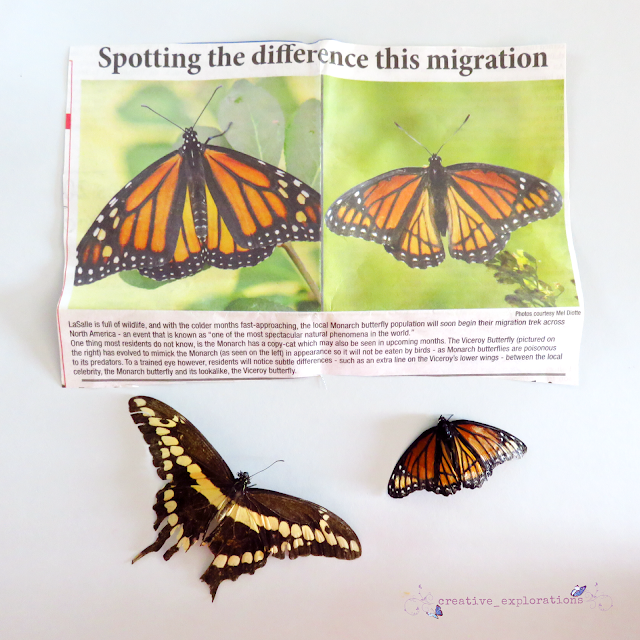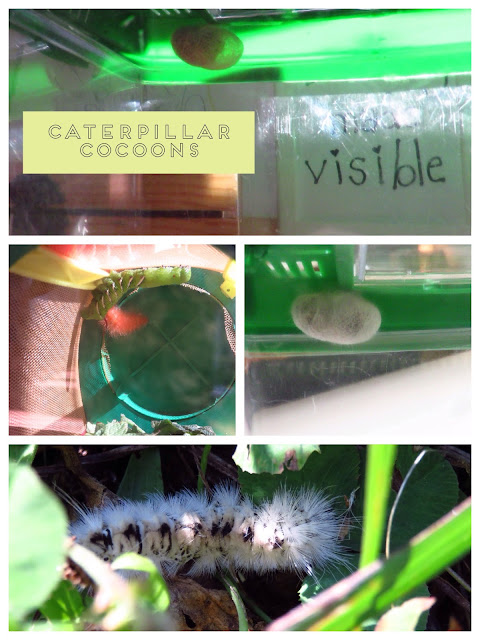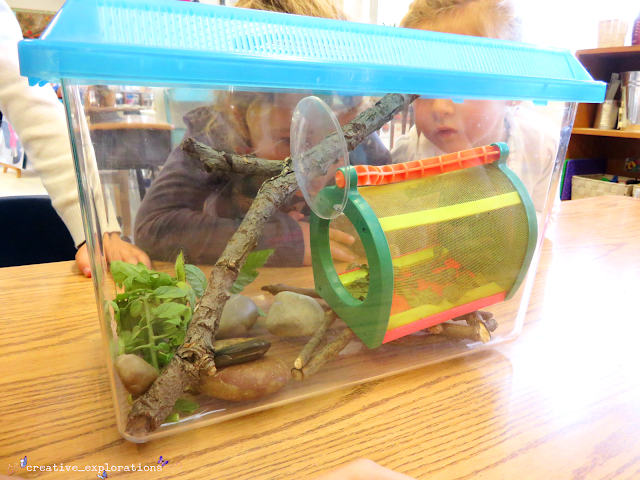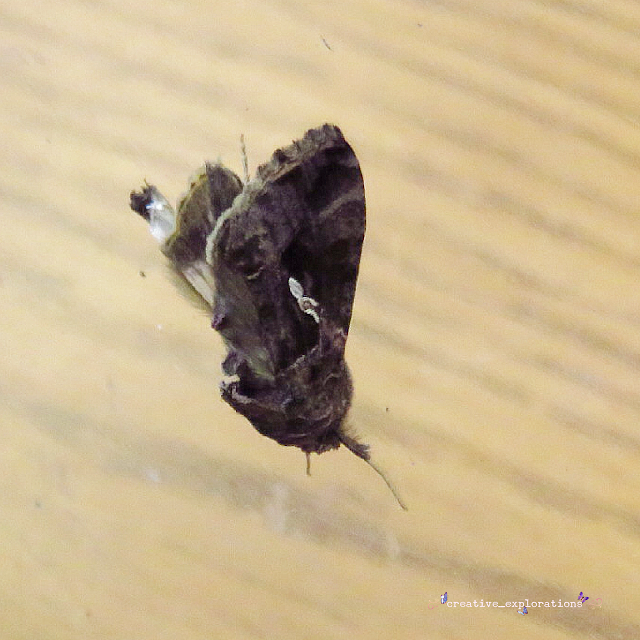Our Wonders Take Flight
"Curious dragonfly with
Wings of stained glass,
Oh, ancient bearer
Of secret dreams,
Your delicate beauty
Keeps wonder in my heart."
Grace Edwards
2008
She presented her research to the children and shared the story of her wing.
Dragonfly Blue
Giant Swallowtail Meets Viceroy
This mini-investigation came about after a visit from a former student who is now in grade one. He brought his butterfly to the classroom with a newspaper article. On that same day, I had brought a butterfly that I had found on the road while riding my bike the night before. What wonderful timing to be able to investigate two butterfly specimens. Two of the children were very interested in finding out what type of butterflies they were. The former student shared his research with them and told the children he had a Viceroy butterfly. Then they looked in my butterfly book until she found a matching illustration to our specimen. We discovered that I had found a "Giant Swallowtail" butterfly. She drew the butterfly and labeled her illustration the following day. During shared learning, she presented her work to the class.
That night I was able to video a Viceroy butterfly to share with the children the following day that paid a visit to my garden. The sequence of these events was so amazing to me. What wonderful learning for all of us.
Over the next several days this student continued to complete her drawing and labeling of the Giant Swallowtail butterfly. As well her friend was still very curious about her dragonfly wing. She continued to ask questions and look closely investigating the structure of the wing. I printed several photos of dragonfly wings and we continued to look at photos on the iPad.
The Art Of A Wing
The children were given a creative invitation in which they could view real butterfly specimens and photos of dragonflies. We wanted to see if any wonders or discussions would emerge from this experience. The children used the Sharpie markers to draw the wings and we encouraged them to look closely and add the details they saw. After drawing the children painted their wings with watercolours. For many, this was their first experience using this medium and we assisted them with the technicalities of using the paints.A Curious Caterpillar
One of our SK students came to school with two caterpillars in a bug viewer. She wanted to share them with the children. She placed her viewer on the inquiry table and began to excitedly share her ideas about the caterpillars. She said, "Wow, so long. He has so many spikes on his legs. His eyes are so white. He's probably going to get a cocoon." There were several children gathered around her caterpillars. They were curious about them too. The children observed and shared their thoughts with one another for quite some time. Then she and a friend used the clipboards at the inquiry table to record some of their initial ideas about the caterpillars.
As they were drawing she shared, "The poisonous one eats grass and the other one eats tomato plants. Look at the spike on there." Her friend added, "I know what the spike is for to keep other predators away." Then she continued to share her observations, "It climbs on the walls. I wonder what kind of caterpillars these are?" The two caterpillars were very different from each other. One was furry and brown the other one was big and green. The children took immediate notice of this. Next, she chose to go to the writing table. She had a slip of paper from the question box. She asked me to help her write her question down. She asked, "How to do you spell I wonder?" I showed her the "I Wonder" text and told her she could copy from the title. Then I assisted her in using her letter-sound knowledge to finish writing her question. She placed her question in the question box.
The following day she asked if she could present her caterpillar to the children at shared learning time. She began by holding up the viewing container with the caterpillars inside to show the children. Then she shared, "I found a caterpillar on a tomato leaf." A friend asked, "How did you pick it up?" She replied, "I used a leaf. My mom picked it up." Another friend wondered, "How big is it?" She said, "It's that long." Then she pointed to the caterpillar. A peer who was also interested asked, "Why did you bring it?" In response, she went to the question box and took out her slip of paper. She read her question, "I wonder what kind of caterpillar it is?" This demonstrated to us as educators that she felt she could share her discovery with us and that we would value her desire to investigate her wonders and assist her in discovering the answer to her question. At this point, we shared with the children that if they had wonders or questions that they could also place them in the question box for discovery. This child had also brought in two tiny green cocoons. She showed them to the children as well. She had spent some time the previous day exploring the photos in the butterfly and moth text at the inquiry table. She had found a page that included an illustration of cocoons that looked very similar to the ones she brought in. She shared with the children, "They are cocoons." A friend asked, "Are they baby caterpillars hatching out of the cocoons or butterflies." She answered, "They are moths." This discussion gave us a beginning understanding of the children's previous experiences and knowledge about caterpillars. We are curious to see how they lead this learning journey around caterpillars.
At recess, while I was on yard duty the children and I discovered a white caterpillar. We brought it in the classroom so we could observe it with the other caterpillars. The children were very curious about these caterpillars. The following day we were so surprised. Inside the caterpillar container, one of the caterpillars from the previous day was missing. We could not figure out what happened. We wondered if the green caterpillar had eaten the brown one. Then later that day we made an exciting discovery. The brown caterpillar was not missing. It was under one of the leaves. The caterpillar had made its cocoon. The children were very excited. We looked forward to continuing to observe the green caterpillar and the white one. The next day brought more surprises as we discovered that the white caterpillar had also made itself into a cocoon. With the sun shining through the window I was able to video the cocoon. We could see the caterpillar working hard at making the cocoon thicker.
Tomato Hornworm Caterpillar
Over the next few days the children continued to observe. They named the big green caterpillar, "Baby Boo Boo." In the art studio they made labels and attached them to the big viewing container. We had moved Baby Boo Boo into the larger container to give him more room and the children created a home for him by placing stones and sticks along with the tomato leaves that they brought to school. They made sure the caterpillar had everything it needed especially food. They continued to bring in tomato leaves and share what they had researched at home about the caterpillar. One of the children shared that he was a tomato hornworm caterpillar. She said, "Miss the cocoon is ugly my mom and I looked it up." The children were so surprised each morning when most of the leaves had been eaten. I bought Baby Boo Boo home for Thanksgiving weekend. Thankfully my neighbour still had tomato plants in her garden and she graciously let me feed Baby Boo Boo all weekend. I continued to photograph and document Baby Boo Boo each day. I added soil to the container after researching that this type of caterpillar makes it's cocoon in the dirt. I wondered if the caterpillar would cocoon before I could return to school the following Tuesday. Well Baby Boo Boo did go into the soil but luckily he came out twice so that I was able to actually video the caterpillar going into the soil for the children to see at school. I couldn't wait to show them. I bought Baby Boo Boo back to school. The children could see the caterpillar in the bottom of the dirt through the clear bottom of the container.
They are as follows:
"I wonder what kind of butterfly it will turn into?"
"What kind of caterpillar is it?"
"It's poisonous."
"Why did it go into a cocoon today?"
"So it can turn into a butterfly."
"Is it going to turn into different colours?"
"Why are butterflies poisonous?"
"I wonder if the poisonous caterpillars when it comes out will be a poisonous butterfly?"
What thought-provoking questions.
Creating Cocoons
An invitation to explore cocoon making. Several of the children had expressed a wonder around the idea of how caterpillars make their cocoons. We offered an invitation to use wire and yarn to share their thinking around this wonder. A group of children gathered at the table and after choosing a piece of coloured wire and showing them how to use the wire cutters we began our exploration of wire. I began by asking the children to see what their wire could do. For some of the children this was their first experience using the medium of wire. The children described the wire as bendy. I explained that wire came from the ground. That it was mined out of rocks and formed into the long wire piece they were holding. Many of the children could not believe it. The children were eager to get started. One of them wanted to use the photo of the dragonfly wing to help her form a wire wing. The other children used the wire to represent their thinking about cocoons. After completing her cocoon, one child shared, "This is the caterpillar
inside of the cocoon." She used red wire to represent the caterpillar and a silver wire oval surrounded the red wire as the cocoon. Yet, another child wanted to wrap her entire wire structure with white yarn. She said, "I don't want any of the wire showing." The children continued to work and we documented each wire design on a white sheet of paper with the children's name stick. Their wire work was delicate and simple. A beautiful representation of their observations of the cocoons.
We read the non-fiction text, "Caterpillars" to the children. After sharing the book one child said, "Butterflies and moths have to collect their lunch and snack from flowers." She demonstrated her previous knowledge of these beautiful insects to us. What a great connection to our text. Her friend asked, "How do butterflies get their food?" One of her peers added, "How do caterpillars make their cocoon?" A child replied, "They use strings." We wondered where the strings came from. One of the children said, "On their feet." Then a peer shared, "I know how they get out of their cocoon. They wiggle.
Is That You Baby Boo Boo?
About a week and a half after our tomato hornworm caterpillar went under the soil we noticed a small moth inside of the specimen container. The children couldn't believe it. They immediately set out to document their observations of the little moth. They discussed how Baby Boo Boo had come out of his cocoon. The children asked me to dig up the cocoon. After some looking through the soil we found no cocoon. However when we came to one of the corners of the container we saw the dirt moving!!!! How surprising this was for the children. We decided that our little moth was not Baby Boo Boo. The children thought it was too small because Baby Boo Boo the caterpillar was big so when he becomes a moth he'll be big too.
The children know that they will have to wait to see what will happen next. We have learned that these cocoons will not hatch until the spring. We will however continue to explore our ideas and wonders around caterpillars and cocoons. How exciting the spring will be. A time of new life and new growth that we hope to share with a few new beautiful insect friends. Baby Boo Boo sleep well!
"Teaching a child not to step on a caterpillar is as valuable to the child as it is to the caterpillar." Bradley Miller














































